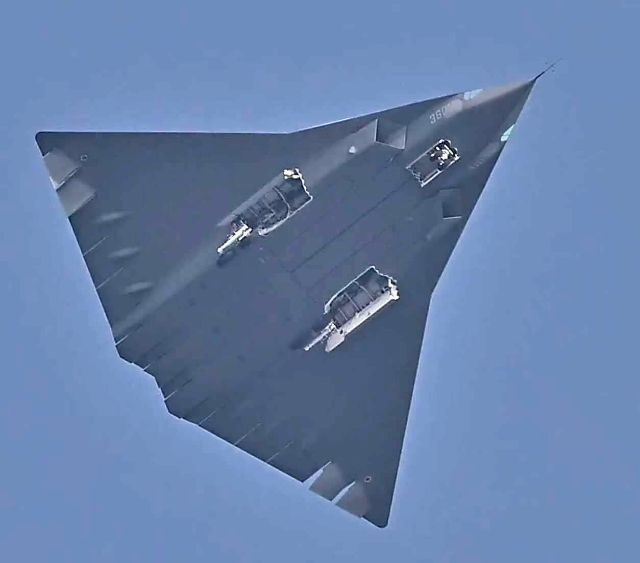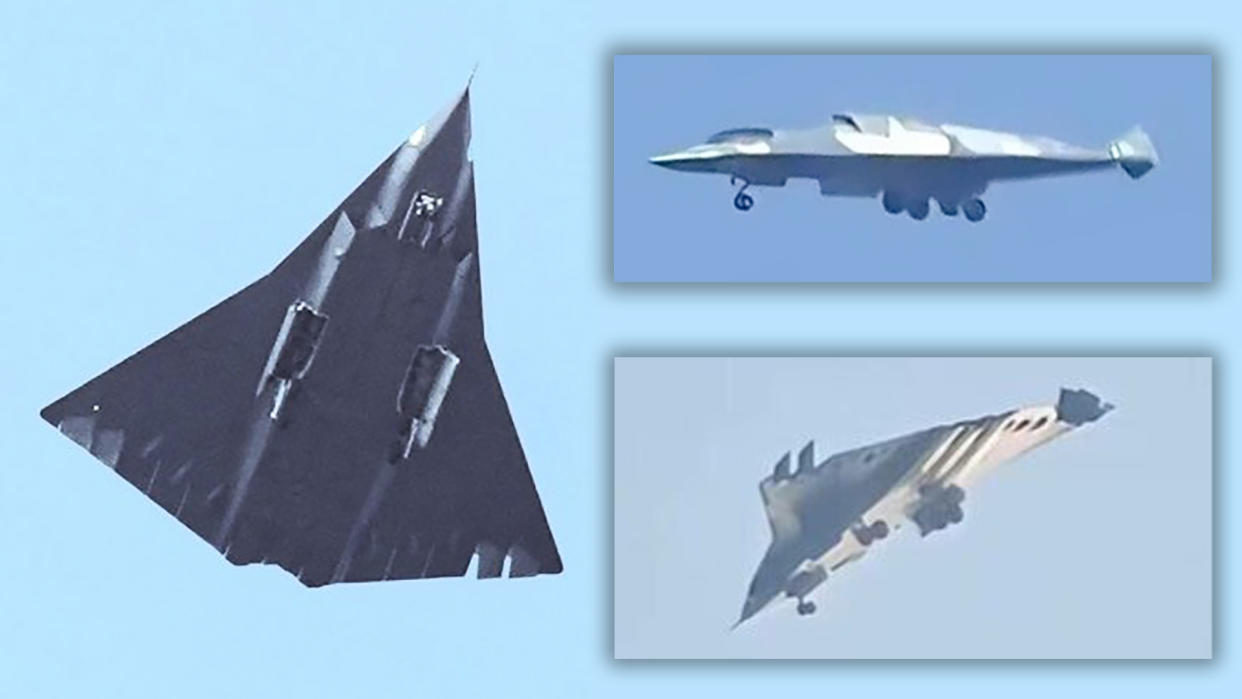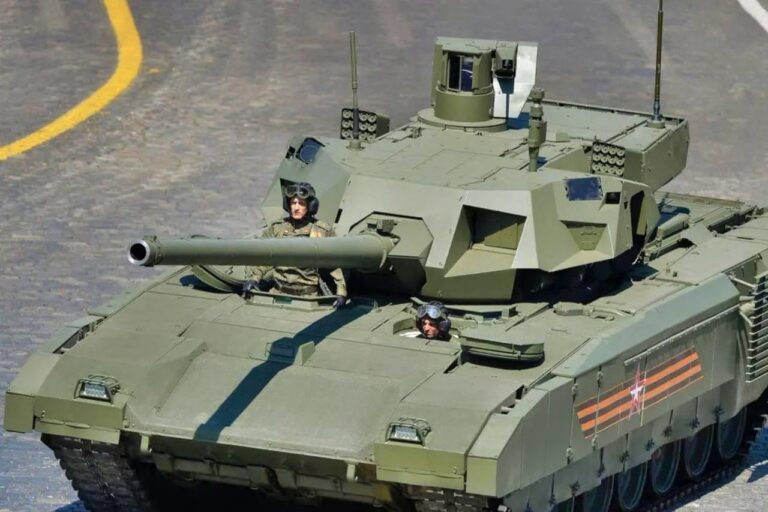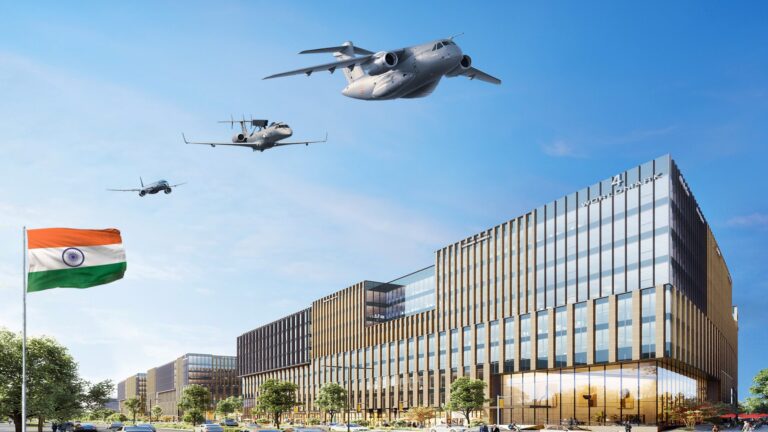
Today, the Chinese People’s Liberation Army Air Force showed its sixth-generation aircraft in flight, marking its inaugural display. However, videos suggest that China may have unveiled two sixth-generation aircraft today. We will focus on one that is easier to analyse because it has better visibility. The image presents what seems to be a prototype, likely a sixth-generation fighter that will be critical for future combat. The design emphasises stealth, targeting low radar detection and aerodynamic efficiency.

The aircraft has a triangular “flying wing” shape, similar to Western models such as the B-2 and B-21 Raider. However, the result is a smaller, compact aircraft aimed at air combat and versatile missions. Let’s look further into the design. The triangular “flying wing” shape greatly influences the aircraft’s aerodynamics, providing multiple benefits, particularly speed and manoeuvrability.
This shape is found in many modern fighter jets, like the F-22 Raptor and Mirage 2000, featuring aerodynamic qualities ideal for specific flight situations. With a triangular wing, the aircraft gains high-speed stability. Its larger surface area and angled design effectively maintain stability at both supersonic and hypersonic speeds.
The shape helps reduce the turbulence that smaller wings may cause. At high speeds, the triangular wing also lowers air resistance, especially while flying through dense air, which lessens the effort to fight against drag. This results in improved fuel efficiency and greater maximum speed. The shape also optimises airflow, reducing drag and enhancing high-speed performance.
Despite their high speeds, triangular wings maintain excellent low-speed manoeuvrability and perform well at high angles of attack. This is essential for fighter jets, which require swift manoeuvres and consistent lifts in variable situations. The design helps prevent rapid lift loss or stalling, which is crucial for aerial combat at close range.
AIM-260 or PL-15
Another advantage is the reduced risk of stalls, which can happen with different wing designs at steep angles. The triangular shape lowers the likelihood of losing lift and aids in regaining stability quickly, enhancing the aircraft’s safety and manoeuvrability.
This shape suits aircraft at high altitudes or in high-temperature conditions, offering better load distribution and improved efficiency in extreme flights, especially at high speeds. In summary, the triangular shape is less affected by turbulence, improving aircraft stability in various weather scenarios.
These wings effectively manage turbulence from various air layers, leading to smoother and more stable flights. The triangular wing works effectively for modern combat and hypersonic aircraft. It provides key advantages, like high-speed performance, enhanced manoeuvrability, and stability, making it central to new-generation military aircraft designs.
Additional notable features include two internal weapon bays, a common trait in stealth jets, enabling concealed weapon storage. without losing stealth features. This setup indicates that the platform might be able to carry long-range air-to-air missiles, possibly similar to the AIM-260 or PL-15 from China, along with weapons for attacking ground targets.
This makes it a possible choice for multipurpose missions, such as air superiority and strikes behind enemy lines. The lack of visible engine nozzles is notable—a design choice that indicates serious focus on the aircraft’s heat signature.

Visible Engine Nozzles
The nonappearance of visible engine nozzles on new fighter aircraft might look like a bold move, but it provides many important benefits that change the aircraft’s features. Stealth technology and better aerodynamics are key reasons for removing standard exposed nozzles, as designers work to lessen visibility and boost performance.
Concealing or integrating engine nozzles into the aircraft’s structure greatly reduces the heat signature. Jet engines produce a lot of heat that exits through the nozzle, but when this is hidden, the hot air mixes more with the surrounding air, lowering the temperature of the exhaust.
This decreases the likelihood of the aircraft being spotted by heat sensors or heat-seeking missiles. Beyond stealth, the absence of visible engine nozzles can enhance the aircraft’s aerodynamics. Traditional nozzles can cause turbulence and increased drag, which reduces performance.
By removing or integrating these components, the aircraft can achieve smoother airflow, improving both fuel efficiency and top speeds. Aside from technologies for reducing radar signatures, concealing nozzles also adds to the aircraft’s overall stealth.
Without these traditional visible parts that radar can detect, the aircraft becomes even less noticeable, making it tougher to spot in combat or military operations. This is particularly important for modern fighters that need every possible edge against enemy fire.
From a structural view, hiding engines without traditional nozzles allows for innovative engineering approaches. This not only simplifies and lightens the design but also decreases the overall weight of the aircraft, enhancing its manoeuvrability and efficiency in various combat situations.
Conclusion
Lesser weight also improves acceleration and agility, which is crucial in high-stakes aerial battles. These benefits are illustrated by B-2 Spirit stealth bombers and fighter jets, like the F-22 Raptor and F-35 Lightning II, which use hidden engines and minimalist designs to achieve radar stealth and superior manoeuvrability.

These jets demonstrate how smart design transforms modern air combat by concealing engine nozzles. This gives pilots a real advantage. Removing or concealing nozzles isn’t just for looks—it’s a smart move to improve a fighter’s performance and survival. These stealthy designs boost aerodynamics and make the aircraft harder to detect, which is crucial for future air missions.
The jet likely carries multiple sensors, like AESA radar and multi-spectral systems, to track several targets at once. It may also use AI, helping the pilot manage tasks or even fly some missions on its own. Working with drones seems very likely, as today’s air combat depends more on networked and coordinated systems.
The intriguing aspect of this aircraft lies in its capacity to alter the balance of air power both regionally and globally. Despite the lack of details, China’s intentions to dominate in the next phase of aerial strength are evident in the design and features. We must wait to see how this aircraft compares to NGAD and other Western efforts, but it’s clear that the competition for future air dominance grows stronger.
Reference
- Military Aviation Review – militaryaviationreview.com
- Air Force Technology – airforcetechnology.com
- Aerospace Defence News – aerospacedefensenews.com
- Global Security Watch – globalsecuritywatch.com







